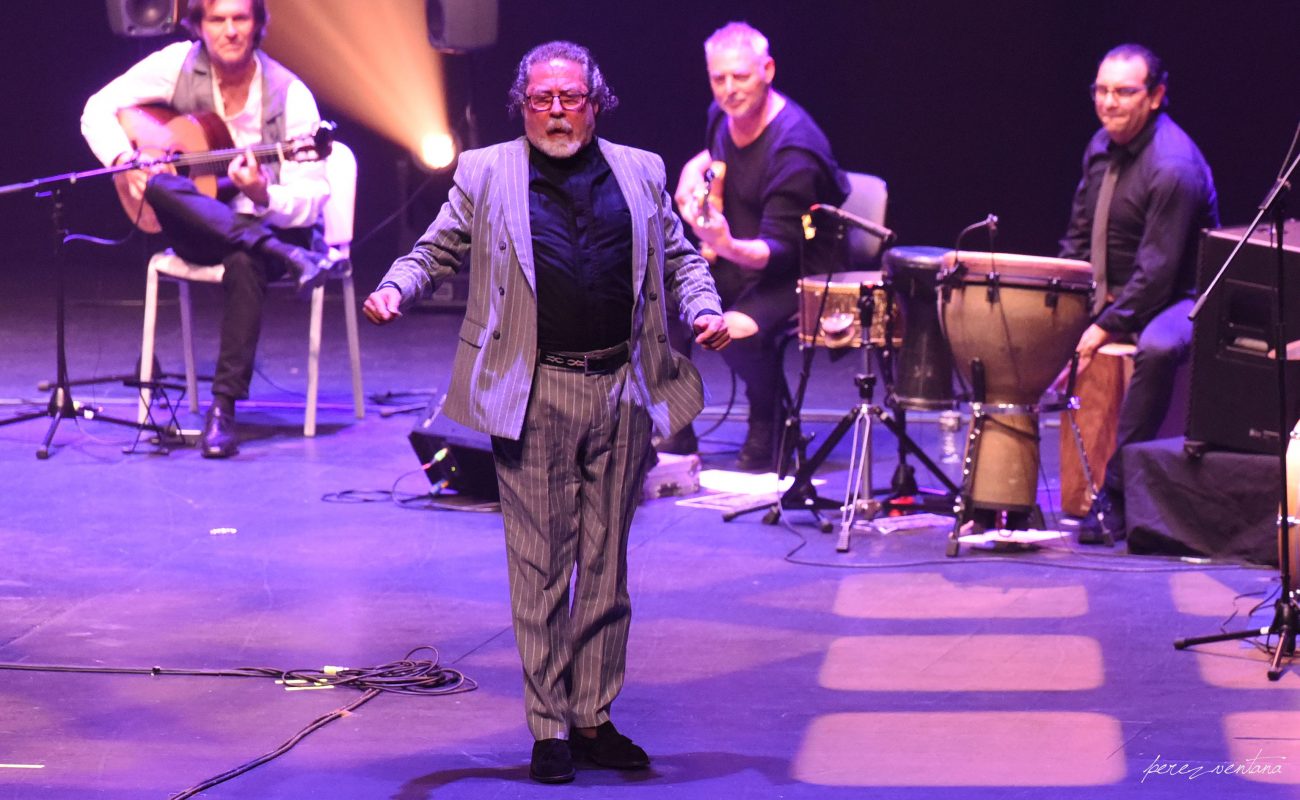Compás, the motor that moves flamenco
By now, you all know I love talking about compás, probably the most misunderstood element of flamenco, and one which conditions every interpreter and follower of this art-form.

By now, you all know I love talking about compás, probably the most misunderstood element of flamenco, and one which conditions every interpreter and follower of this art-form.
It takes more than 12 (or 8) beats to make compás, just ask Popeye the sailor. When he sings his song about spinach, it’s easy to detect the familiar mixed compás, with measures of threes and twos. But does it feel like bulerías? Is it bulerías? If not, what’s the reason?
Rule number one, my rule: If it needs to be detected with a magnifying glass, it’s not compás. Compás should be user-friendly, not a dysfunctional experiment in how to throw everyone off. It can be surprising, but always in a good way, like “wow, what clever phrasing!”, not a in bad way like “what just happened?”.
Recently, a talented young guitarist explained to me that it’s now considered “cool” to make something that’s in compás sound as if it’s not. I don’t get that. Compás is the glue that keeps us all connected, even when the guitarist, singer, dancer or djembé player seem to be doing their own thing. It’s the umbilical cord that unifies the music and dance maintaining the coherence, while at the same time providing a “safe” space for doing creative, exciting and artistic things.
Let’s look once again at compás guru Diego Carrasco. Why is his compás more interesting than someone else’s?
The expansive, indescribable Diego knows the rules of the game, and he pushes them to the limits, always calculating diabolically well to abstract the essence without hurting the structure. Even rigid traditionalists instinctively get his message. At one of Diego’s performances some years ago, the much-admired and missed flamenco investigator Pierre Lefranc, who was sitting next to me, asked if this was “that fusion stuff” people talk about. After brief meditation, I told him it was the opposite of fusion; instead of adding possibly dubious elements, this was the elimination of the superfluous, leaving flamenco naked for all to see. Not martinete, no, but the sheer force of the compás machine.
Compás broadcasts flamenconess and liberation. It’s an eloquent lingua franca hot-line to the essence, with a deceptively simple insinuated sway that takes no prisoners. We are gently but firmly escorted down the great flamenco highway by gifted interpreters like Diego, and you don’t look back even as the voice in your head recalls Pierre saying: but he doesn’t do anything the way it’s supposed to be! The seducer seduces. There’s no stopping the infinite fiesta between the ears of this crusty old fox who has the serene presence of great artists.
Different eras have dealt with flamenco rhythms in a variety of ways. For the most part, compás has become more measured and mathematical in recent decades, in part due to the way recordings are meticulously fine-tuned by recording technicians after the fact, a process made easier when notes fall cleanly into place. This is not necessarily a good thing. When I listen to the creative free-wheeling compás of earlier singers like Fernanda de Utrera or Tío Borrico, it seems like they were on to something that’s missing in today’s interpreters. You can tell they never contemplated counting the beats, and probably didn’t consciously relate lines of verse to measures of compás in the mathematical way that has become popular. You occasionally hear young singers berate older, more instinctive ones for what they consider singing out of rhythm. However, it was an eclectic approach with wrap-around compás that gave their singing freshness and life with each interpretation.






